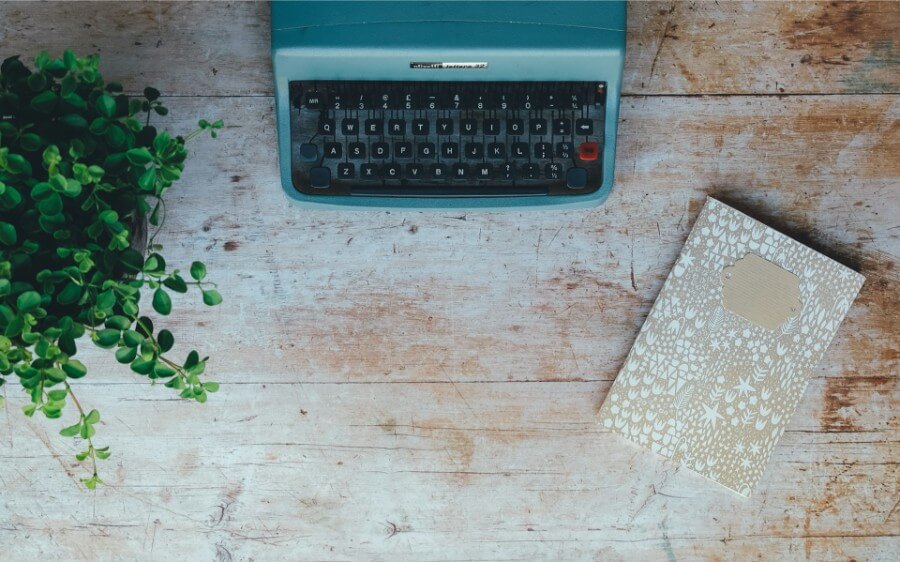
Artificial intelligence plays an ever-important role in the rapidly changing world of graphic design. This landscape-altering fusion revolutionises how designs are conceived, executed, and evaluated through AI consulting in graphic design practice. This crossing of technology with creativity is breeding an altogether new era of design, one that is smarter, faster, and more personalised than ever.
The Rise of AI in Graphic Design
AI in graphic design isn’t some vision of the future; it is real, and it is now. In fact, according to a recent survey, over 60% of design professionals believe that AI and machine learning will substantially change the profession in only five years. But what does that change look like? Even more crucially, how does AI consulting elevate graphic designers’ ability to provide innovative visual experiences?
Understanding AI Consulting
AI consulting is an agency clients use to embed AI technology into businesses, companies, and even graphic design. These consultants provide insight, strategy, and AI consulting services for leveraging the power of AI to optimise and innovate operations, processes, and outputs of interest. They also render customised training and support to enable teams to work with AI technologies and tools. In this way, AI consulting enables human creativity and machine efficiency to collaborate in improving productivity and driving transformative results.
The Impact on Creativity and Productivity
Enhancing Creative Processes
There’s always this intuition that logic algorithms of AI might conflict with the creative side of graphic design. That is quite the opposite. Artificial Intelligence can do routine and time-consuming jobs, like resizing images and minor design layout adjustments, while the designer takes the creative part of the assignment. By reducing manual labour, AI allows designers to devote more hours to brainstorming, conceptualising, and refining their ideas.
[
](https://images.pexels.com/photos/56759/pexels-photo-56759.jpeg?auto=compress&cs=tinysrgb&w=1260&h=750&dpr=1)Streamlining Design Operations
AI tools are also revolutionising the operational side of design. For example, they can analyse vast volumes of information to identify trends and preferences, allowing designers to know which colour schemes, typography, and layouts will work with their targeted audience. As highlighted by data-science-ua.com/ai-development-company/ai-consulting-services/, this intelligence smoothes the design process and makes the end product far more effective.
Personalisation at Scale
Today, the leading edge in the market is personalisation: experiences should be crafted according to customer tastes and behaviours. AI will allow designers to personalise designs en masse to an extent that otherwise would be unimaginably time-consuming and expensive. Designers will use AI-driven data analysis to prepare different variations of various marketing materials, websites, and app versions that fit the preferences of a particular user, boosting his or her engagement and satisfaction.
Collaboration Between Humans and Machine
It’s not a relationship where designers are replaced; instead, they are complemented with AI. AI is a tool that extends a designer’s capability to innovate. For instance, generative design software relies on AI to generate a myriad of design options from an initially pre-set criterion set by the designer. This collaboration could yield previously unknown creative paths, which help push beyond existing design conventions.
Evolving Skill Sets and Roles
With the advent of AI in graphic design comes the necessary evolution in designers’ skill sets. Familiarity with AI tools and technologies and the growing ability to collaborate closely with AI consultants and data scientists is very much needed. This coming-together-of-skills brings new job descriptions within design teams-design technologists, among others, marry design with bleeding-edge technology.
The Ethical Dimension
While manifold, these benefits of AI in graphic design raise critical ethical considerations. It has to be handled with a keen awareness of privacy concerns, including data-driven design processes. A balance must be brought about in the creative industry: leveraging AI to enhance human creativity while preserving the authentic and emotional touch that only human designers can contribute.
Imagining the Future of AI in Graphic Design
AI holds immense promise for the transformation of graphic design practices. AI is poised to change the role of designers from content creators to strategic innovators by making hyper-personalization possible and driving more efficient workflows. This will be a reality with continued collaboration between designers, AI consultants, and technology developers. This may unlock radically new solutions that extend the boundaries of design, made possible by a shared understanding of the creative automation vision and technological capabilities. Second, continuous education and experimentation will enable designers to apply AI tools in ways that extend their full creative capability and impact.
The Role of AI Consulting
The AI consultants will also be super important in this journey, guiding design teams in integrating AI technologies and redrawing the boundaries of what is possible in graphic design. Their expertise will make the difference since there will be a need to ensure that AI tools are used ethically and in the most effective way, with maximum exploitation while respecting the human element at the core of creation. AI consultants will further bridge the gap between technical capabilities and artistic vision in an environment where innovation thrives. They will equip the designers with tailored strategies and ongoing support to navigate the evolving landscape and harness the full potential of AI in their creative processes.
Conclusion
AI-integrated graphic design opens vistas that were unimaginable just a decade ago. Standing on the threshold of this era, designing wittily is surely an opportunity that was never imagined—to push the limits of creativity, efficiency, and personalisation in graphic design. That is, by embracing AI consulting, designers will be allowed to fully apply the technology’s capabilities to adjust to the changes it brings but also take over, changing the future of design.
All in all, the future is both exciting and unknown. But one thing is sure: AI’s impact on graphic design practices will be transformational, from merely changing how designs are created to changing what design can deliver. In this manner, designers and AI will keep revealing new landscapes of creative expression as their interdependent relationship reinvents our visual world, one innovative design at a time.